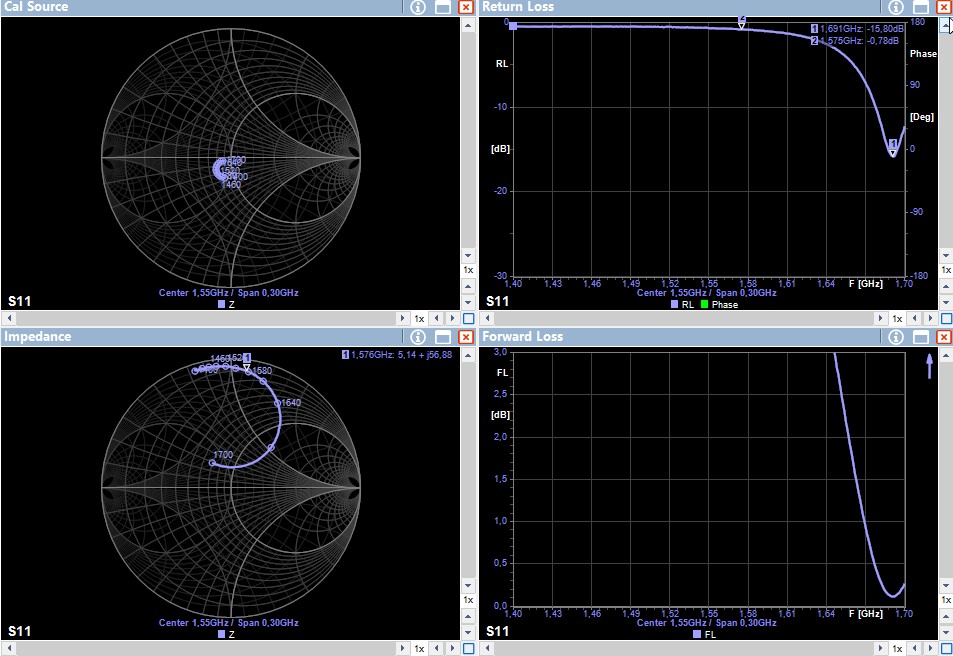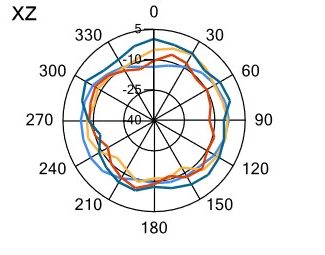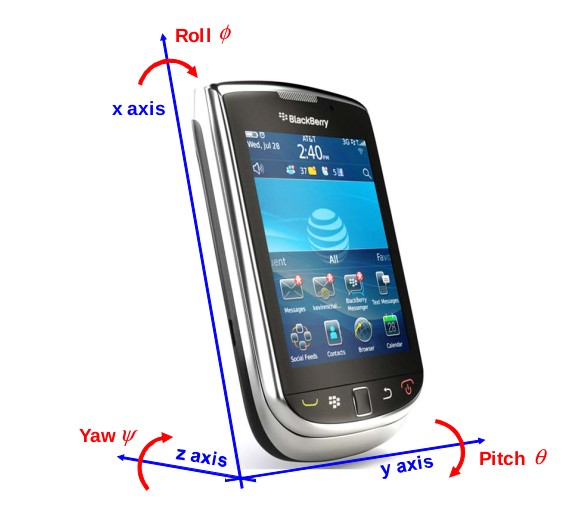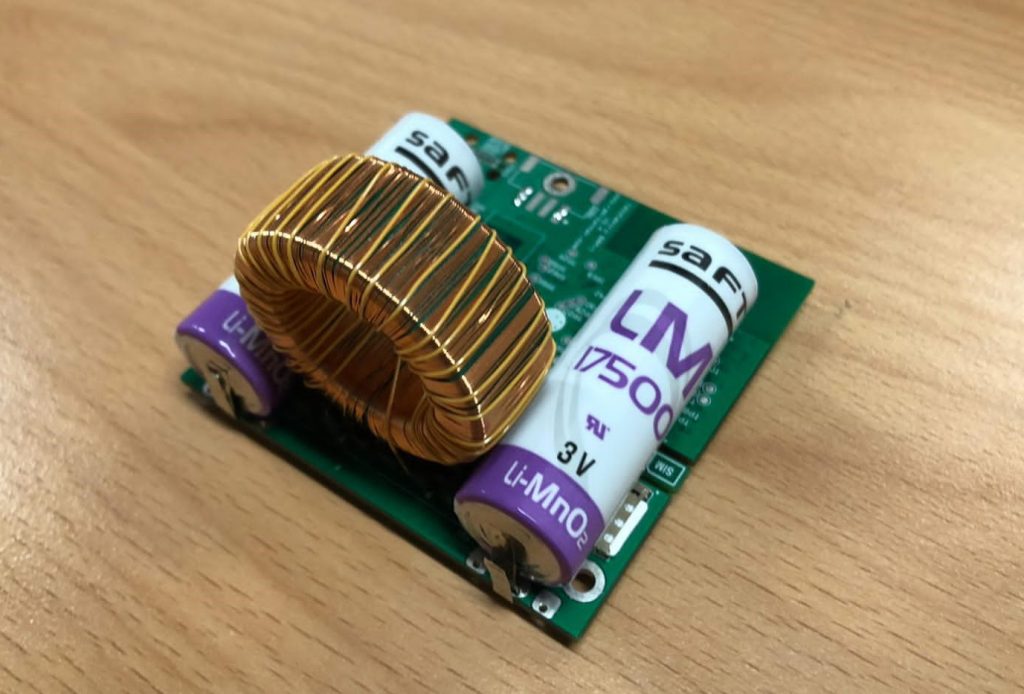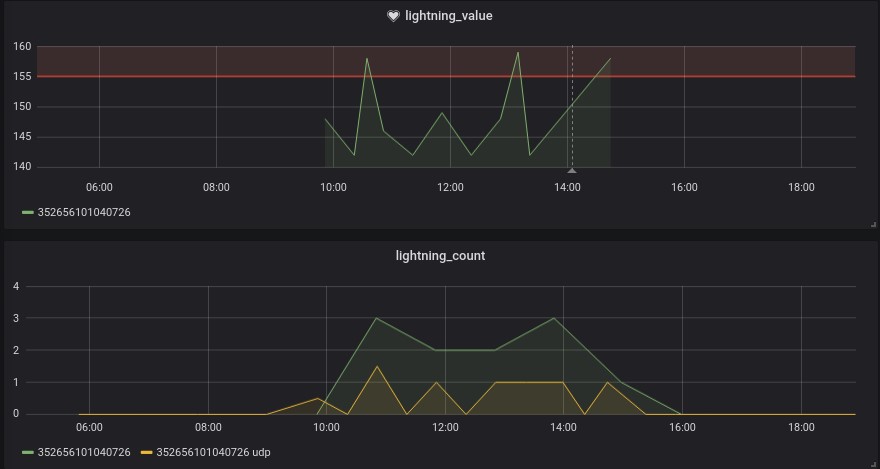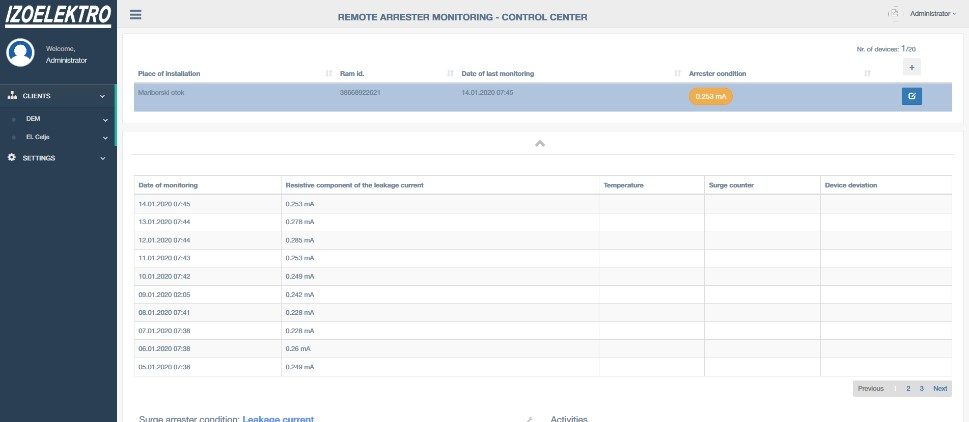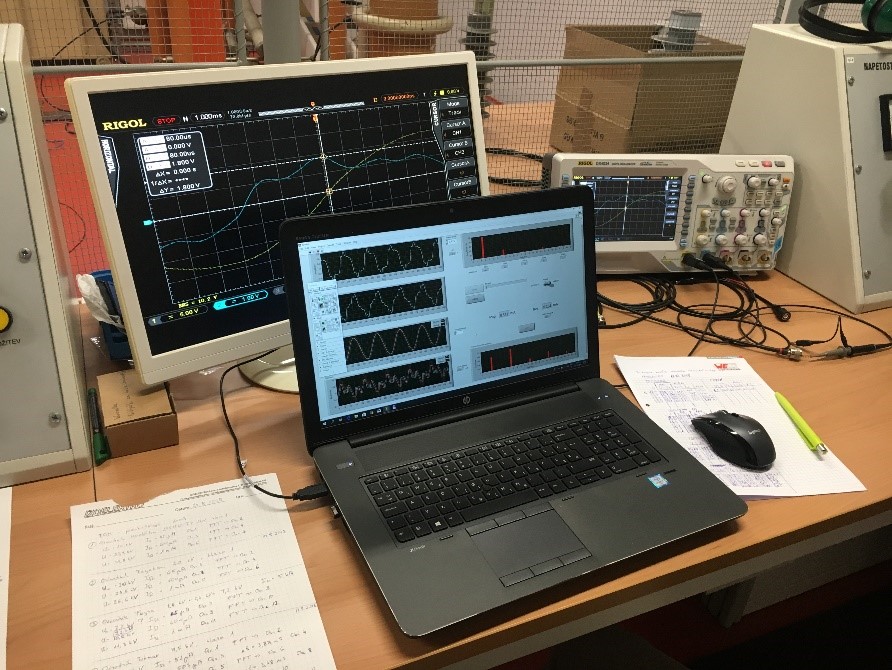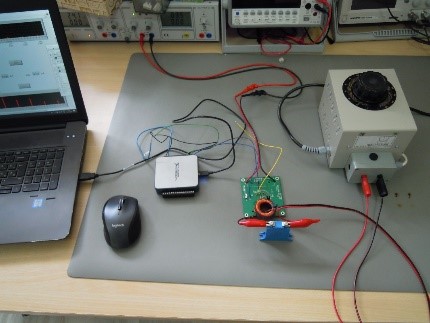Radio measurements on the Bluetooth antenna
Nordic Semiconductor has performed tuning of the BLE antenna as well as did a quick check on GPS and mobile antenna (note the latter did not have the tuning applied yet). A set of value changes has been suggested as shown below. No geometry changes are required. Performance improvement with tuning Before: Bluetooth: around -73,…
Read more
Antenna tuning for LTE and LoraWan
The device has been sent to Antenova to perform tuning of the mobile antenna. The testing has been conducted and results are available for integration into the design. Required changes are changes to the antenna tuning component values only, no layout changes required. Performance improvement test with tuning Following measurements are before tuning and after…
Read more
Accelerometer sensor for perfect up-right posture
RAM-1 device uses has a built-in accelerometer sensor for device’s inclination status indication which serves to alert false installation or any physical damages during device’s lifetime. Furthermore, with proper use also the status on high constructions (power grid pylons, wind turbines, railway grid, telecommunication gateways, skyscrapers, high chimneys, cranes, …) inclination can be assessed as…
Read more
Longer battery life equals better protection
RAM device is designed to last up to 20 years in the field assuming a use-case specified in Configuration and power consumption. Such lifetime is provided only by LiSOCl2 primary lithium battery chemistry and as such this is chosen for this device. Device supports the following configuration: 2x Primary lithium battery in size 17500 or…
Read more
Bluetooth low-energy interface (BLE)
In addition to NB-IoT connectivity we implemented BLE as well. Each user can connect directly to the RAM-1 device via the Bluetooth low-energy (BLE) wireless communication from a smartphone. When in range of the device, press scan and select the RAM device from the list. Upon successful connection RAM-1 replies with the latest information and…
Read more
Surge counter, first of many additional features
RAM-1 device was upgraded with its first additional feature, the surge counter. The device will be enabled with overcurrent events detection which is commercially known as the surge counter. Combined with location information the system can serve as a powerline lightning strike locator. Measuring range suitable for field operation is determined to be from 1…
Read more
RAM-CENTER monitoring platform
In the end of year 2019 we launched the online monitoring platform for surge arresters called RAM-CENTER. The customer will be offered a choice of package access to the platform functionalities, whereby the basic package will offer only the basic features for arrester monitoring, with more advanced packages the customer will get a full array…
Read more
Development of basic program routines for a microcontroller
Basic program routines have been developed for the microcontroller to be installed in the device: Door initialization Power management for the analog part Signal capture on AD converter (temperature and leakage current) Save the signal in the internal memory FFT Synthesization of auxiliary signals Basic mathematical operations between signals
Development of a new method
Development of a new method for eliminating the resistive component of leakage current Based on the collected information and data obtained through measurements, we developed a new method for eliminating the resistance component of the leakage current. We made a simulation of the method with the software tool LabView and compared the results with the…
Read more
Analysis and selection of methods
Analysis and selection of methods for elimination of leakage current resistance component. The methods listed in IEC 60099 in Annex D were analyzed. We also reviewed some articles and research in this area: Novizon, Zulkurnain Abdul-Malek, Nouruddeen Bashir, Aulia: Condition Monitoring of Zinc Oxide Surge Arresters Yu-ting Xu, Xiao-hua Yuan, Ya-li Mo, Guo-tai Dong, De-cheng…
Read more
